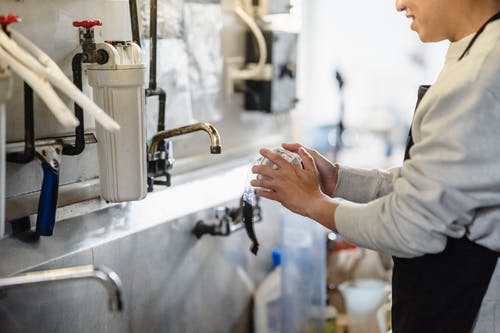How to Protect Pipelines from Excavation Damage
Underground pipelines are essential for transporting water, gas, power, drainage and also for telecommunication. Protecting these pipelines, no matter how large or wide they may be, is mandatory for safety. Earlier, it required the cumbrous task of laying heavy concrete slabs over the pipelines, which involved a great deal of equipment, time and labour. The cost factor was also high. However, this task has been made much easier now with the use of industrial safety products from the Overpipe. The high-density polyethylene (HDPE) material is lightweight and much easier to transport and install. It is resistant to chemicals and moisture and has high insulation protection. It is also not as expensive as the former method.
Damage to underground cables and pipelines can be dangerous. Accidents, sometimes fatal, can occur by electric shocks, flames or electrical arcs causing an explosion. In addition, the cables can be damaged by being cut by a sharp-tipped tool or crushed by a heavy object. Leakage caused by damaged pipelines can lead to diffusion and explosion. The consequences are hazardous to people, animals, property and the environment.
Damage by excavation can be caused to pipelines by soil disturbances and ground movements which can cause pipe distortion and additional stress damage by causing cracks and yields. Pipeline joint damage can be caused by overlarge warping under excess stress. The extent of such damage will depend on the properties of the pipeline – width, diameter, length, thickness, depth, etc. These damages, in turn, can lead to disruption in conveying the services (supply of gas, electricity, water and telecommunications). There is an additional threat to safety by flooding or leakage. Hence, pipelines need to be well protected against such impairments.
The advantages of using Overpipe HDPE Protection Plates are listed below:
Strength and Consistency: This is maintained by the injection moulded virgin high-density polyethylene (HDPE) polymer.
Flow of water: Holes in the surface of the plate allow drainage of water without harming the cathodic protection measures.
Safety measures: The non-slip spikes covering both sides and bevelled edges avoid slipping, tripping and falling over exposed cables and pipes.
Lightweight: By not being bulky, they are easy to transport and install. Placement can be done quickly. Removal for inspection or repairs to the pipeline is also made feasible by the lightweight protection.
Variety: They are available in various sizes and colours. The colours can be chosen to suit the specific purpose. They are also UV resistant. They can be adapted to the customer’s need according to size, colour and resistance.
Warning messages: They include a warning message embossed on the surface. It can be customised. The lifetime of the message included in the mould is the same as that of the plate.
Risk reduction: This factor is comparable to that of concrete slabs.
Highly resistant: The plates prevent the bucket of an excavator from penetrating the barriers. They are strong and can stand against the impact of a 32-tonne mechanical digger without being damaged.
Damage cover: 50% damage to underground assets caused by unauthorised third parties.
Low cost: The Overpipe plates are less costly and save a great deal in expenses. This is mainly due to the very simple installation process.
Conclusion:
There are many rules and regulations to be conformed to before a pipeline can be laid and protected. Permission from the relevant authorities needs to be obtained. The client should be aware of the “do’s and don’ts” involved, which an experienced contractor will be able to clarify. It is important to know where pipelines in your locality are located, what they transport and how to contact the operator if there is an emergency. If pipeline damage or activity could be detrimental to the pipeline, it should be reported immediately.
What is essential is that the pipelines are protected. As can be observed from the above, the benefits of safeguarding pipelines by using the HDPE protection plates are enormous.

